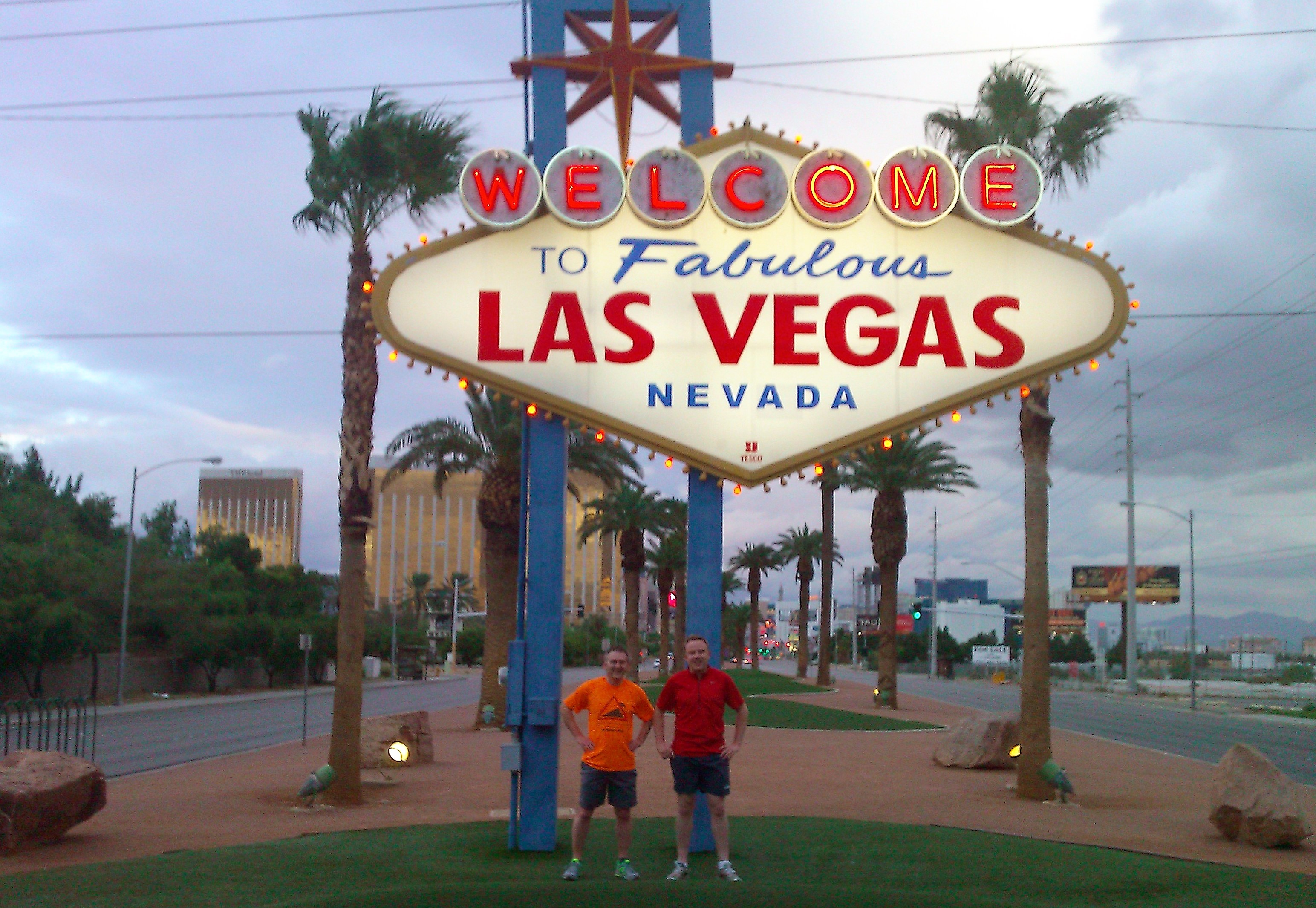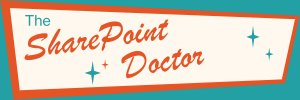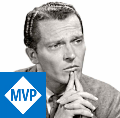Exercising on the Road

I am no athlete, and never have been. I always avoided sport at school. I was always one of the remnants in that awful process of picking teams, and sports teachers were only interested in youngsters with pre-existing ability. And the whole notion of exercise was intertwined with negatives such as standing in the cold, communal showers, the shame of losing. To be good both athletically and academically were somehow viewed as incompatible, and avoiding sport, either as participant or spectator, felt like a kind of intellectual rebellion. When there was, eventually, an opportunity to avoid school sport altogether, I eagerly took advantage of it.
As a university student I barely broke a sweat for the majority of my undergraduate years, running only in emergencies to catch bus or train, which actually happened quite frequently. Then, unusually, I noticed a friend’s Nike training shoes, mostly black with a white swoosh. For some reason I bought a pair for myself from the sports equipment shop I had previously walked past every day without interest. After a life of shoe soles consisting of thin flat sheets of plastic or, occasionally, leather, those squashy, bouncy waffle soles made me feel as though I was able to float through the air, as if the hard pavement didn’t exist. And so I found myself bounding up the steep hill of Eccleshall Road in the outskirts of Sheffield, fleet and anonymous in the night, each time a little farther. A simple rhythm of cardiovascular breathing, a trance-like feeling of uncomplicated progress, past the shops and takeaways and car showrooms, towards the far limits of this land of Aerobia.
For many years it was a case of solitary exercise; from the university accommodation blocks (now long-since demolished); around the estate where I bought my first house; along the lanes when I moved into the countryside. Inevitably my running (and cycling) intersected some of the many road and fell races that take place almost daily in the Peak District during the summer.
Fuelled by curiosity and probably boosted by some form of early-onset mid-life crisis, I entered a road race called the Eyam Half Marathon, which actually has the profile of a fell race with over 350m of ascent, and is one of the toughest half-marathons in the country. I got up after a sleepless night to cycle to the start where, for the first time in my life, I was given a race number. The presence of any kind of public measurement makes running an entirely different game, one that occurs mainly in your head. Starved of oxygen, lungs bursting, heart pounding, your mind begins to fragment into conflicting factions, and you find a part of yourself hoping for injury so that the desperate exertion might stop, long before any possibility of endorphin-fuelled elation.
One can perhaps be forgiven for taking pleasure in easing past someone at the approach to the finish funnel; that longed-for convergence of fluttering warning tape, especially so if it is someone younger. But the reality is I'm not going to exceed my earlier achievements. My best half marathon time of 1:42 is now just a dream. I’ve had setbacks of course: Achilles tendinopathy rendered me inactive for a year or two. It’s a huge task to get fitness back, once lost, and I continue to get twinges in knees and, more worryingly, heels. But I’m slowly improving again. I did a 5k “Personal Best” of 22:59 last year, and since then I’ve managed 23:00 dead and, incredibly 22:59 again, as if restricted by some new law of physics.
Older people decline, and eventually die, and it is not a gradual process but one of sudden diminution - precipitous lurches towards frailty. Watching such deterioration is a reminder of what lies ahead for all of us, young and old. It is inevitable, but it can be postponed for a few more precious years. I don’t need to strap on electronic gadgets to measure this – my body already has the ultimate built-in monitoring system wired directly into my brain. All I need is a pair of running shoes and clothes I won’t be embarrassed to be seen in, and I will be able to keep running from the danger for now. But you have to try to remember not to overdo it. An injury could be the end, and as soon as one starts to feel seriously uncomfortable it’s already time to stop.

Now whenever I go to a conference or travel for business I will take shorts and a pair of running shoes. If travelling light, the latter may end up strapped to my backpack with duct tape. I seek hotels with a gym, or at least an AirBnB with somewhere I can run. I try to get up at 6am every morning, eschew the television and head down to the gym or out onto the streets for forty minutes, maybe an hour. The blood flows through my brain, and I can justify a cooked breakfast. I may even be able to outrun a headache or hangover. This is no feat of self-discipline; more a compunction. I can survive a day or two without exercise, but I have lost the ability to sit still all day, day after day, and somehow sleep. I start to feel it like a mounting debt; a looming sense of failure. I have become a different person.
Accidents and disease notwithstanding, exercise and fitness is the only retaliation available to us against our programmed decay, and even then it will only gain us a postponement. Forget super-foods and toxins – exercise really is the miracle cure. But it’s not one that you can buy in a health shop or a pharmacist – you have to find it on foot. It’s out there, at the top of the next hill.
Update
Since writing this article I did another 5k run and provided pacemakers, including one for 23 minutes. Surely this time I would be able to beat the 23 minute time - but no. About 100m from the end the pacemaker overtook me. Time: 23:00. Again.

